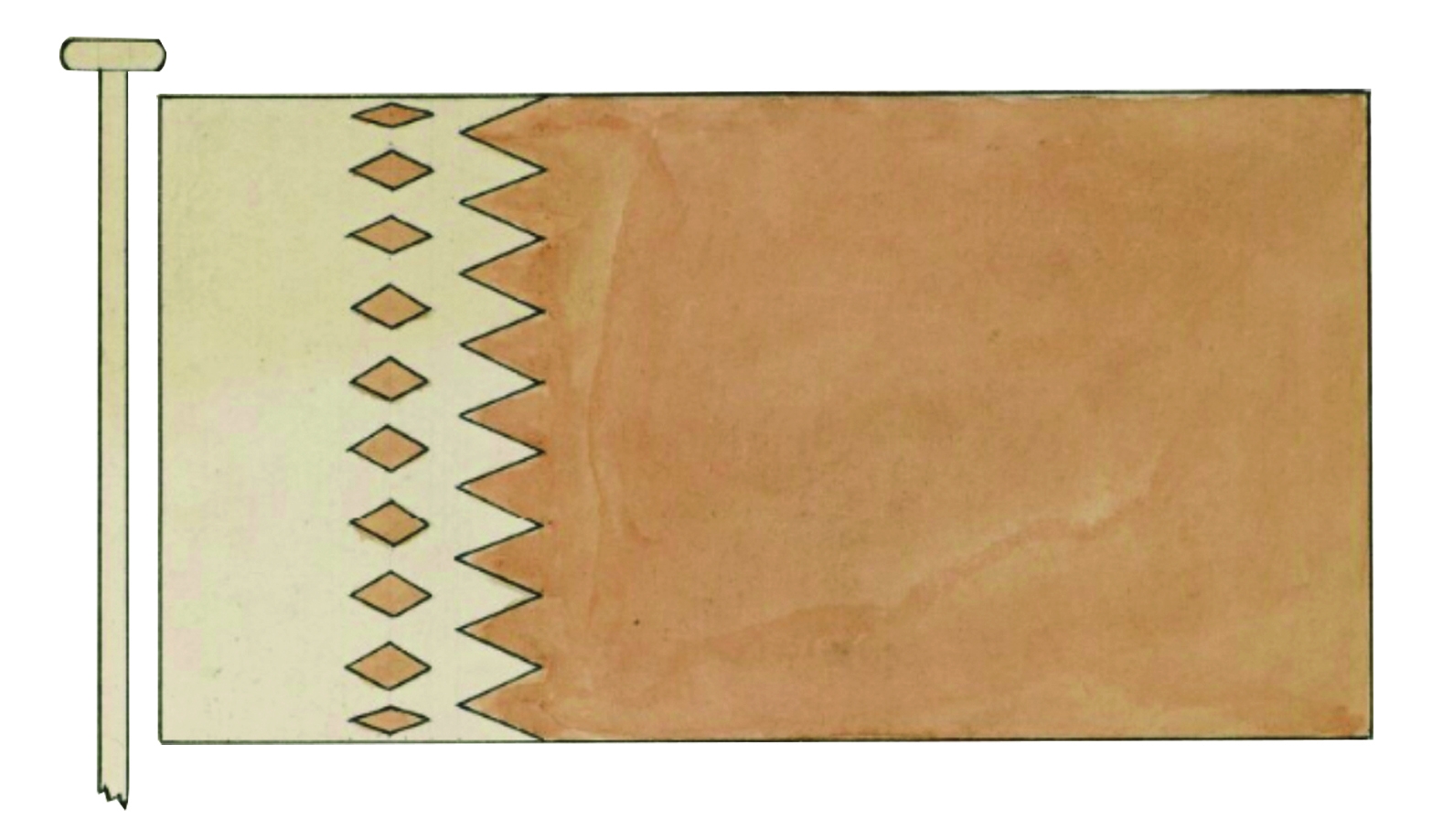
Evoking a unique combination of pride, national identity and belonging, a nation’s flag holds deep significance to the land and the people it represents. Emblematic of a country’s history and all it stands for, great meaning and context can be derived from uncovering the origin and symbolism rooted in a nation’s ensign.
The Qatari national flag is known as ‘Al Adaam’ and its origins and history can be traced through archives available on the Qatar Digital Library (QDL). Offering thousands of digitally preserved documents accessible to the public, QDL is one of the major resources provided by Qatar National Library (QNL), a member of Qatar Foundation for Education, Science and Community Development (QF), in its efforts to bridge with knowledge Qatar’s and the Arab and Islamic world’s heritage and future.
“Currently celebrating its one year anniversary, QDL is an invaluable resource offering the Qatari community and the world a deeper insight and understanding of the history of Qatar, the Gulf region and the Arab Islamic heritage and sciences,” says Engineer Saadi Al Said, Director of Administration and Planning at QNL. “Unique to the region, QDL provides access to an extensive collection of digital resources that many residents and citizens of Qatar will find fascinating. Qatar National Day provides the perfect opportunity to delve deeper into the heritage and history of a nation as unique as Qatar.”
Within the QDL, you will find a collection of drawings and correspondence between British officials regarding the Qatari flag. Entitled 'Flags Flown by the Sheikh of Qatar’, the documents on the Qatari flag, which date as far back as August 1929, are part of archives that were obtained from the British Library’s India Office Records.
Contrary to popular belief, the white and maroon colours of the Qatari flag do not represent peace and bloodshed during times of war. In fact, the ancestors of modern-day Qataris had been colouring their flags red for centuries, using a dye that originated from the Bin Ghannam Island near Al Khor. With prolonged exposure to the sun, the dye would fade and turn a purplish-red or maroon colour.
The flag’s present colour, therefore, is deeply embedded in Qatar’s history. When, in 1932, the British Navy suggested that the government design an official flag and proposed the colour red for it, Qatar declined and opted for maroon instead, due to its deep connection to the country’s culture and heritage.
Qatar was flying a flag remarkably similar to the current version at least as far back as 1932. Shortly afterwards, however, the name Qatar in Arabic was added, along with ten red diamonds running down the serrated edge. According to official government records, this change was reversed in 1960 by His Highness Sheikh Ali bin Abdulla Al Thani, the then Emir of Qatar, who kept the white and purplish-red colour along with the serrated points, but removed the diamonds and the word ‘Qatar’.
The nine points along the notched edge that divides the two colours also hold historical significance, representing Qatar as the 9th member of the Trucial Coast Convention of 1916. Qatar has been proudly flying its flag since 1960 as a strong symbol of national pride and dignity, connecting the country’s past with its present.
On December 18, as many thousands of national flags adorn the country to celebrate Qatar National Day in commemoration of the unification of Qatar in 1878, the occasion also presents an opportunity for us to reflect on the history and heritage of our country, epitomised by ‘Al Adaam’.

QNL continues to support QF’s mission to unlock human potential by providing access to a wealth of resources through its outstanding selection of online databases, regular training programmes, community events, and social engagement initiatives.
To access the freely available archives on the region’s history and culture, please visit the Qatar Digital Library website: www.qdl.qa
To learn more about Qatar National Library, visit: www.qnl.qa


